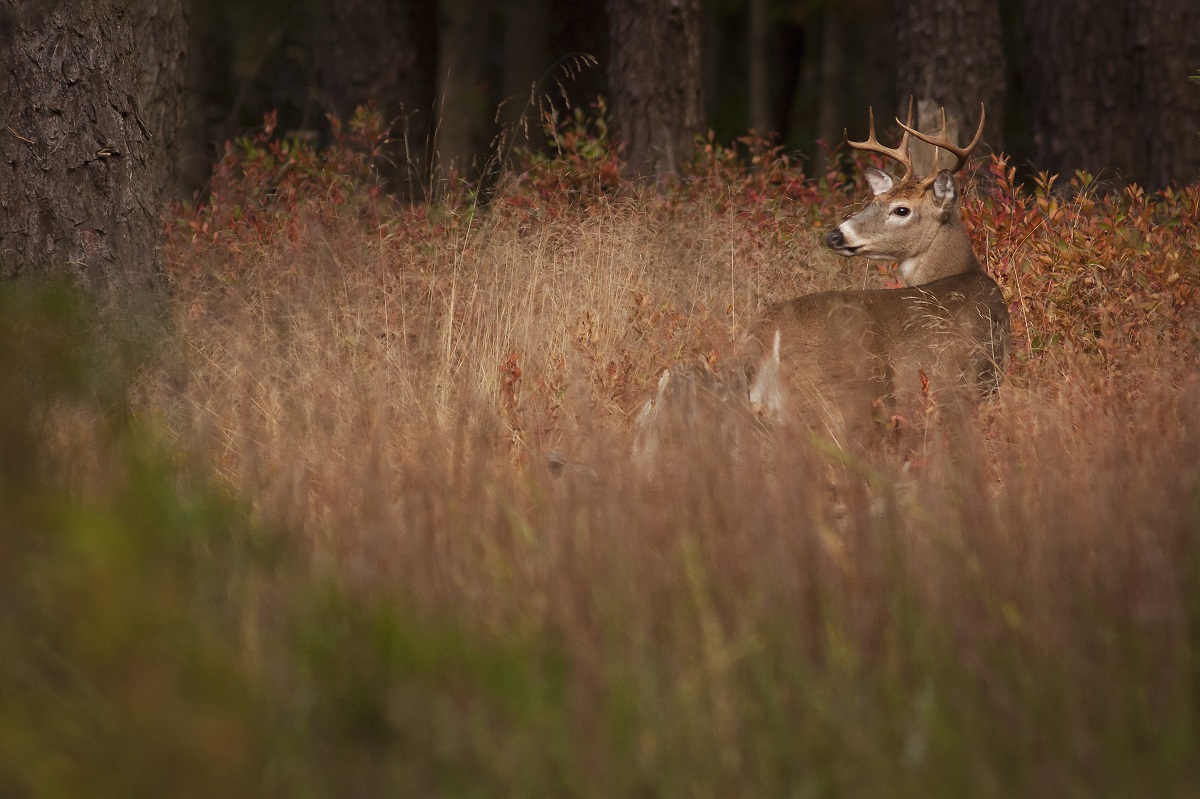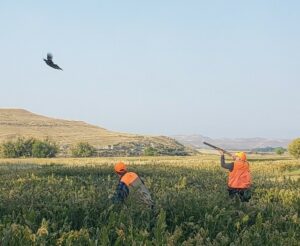The History of Camouflage
With the creation of long-range rifles, soldiers realized they could be spotted from miles away in their bright uniforms. So after a crushing defeat from the Germans in 1915, the French introduced a camouflage unit. The following year, the British did the same and established a camouflage section. Most of the members in these units were artists, known as camofleurs. Now, psychologists use algorithms to create complex designs that help conceal from both humans and animals.
Types of Camouflage
There are three different types of camo pattern categories for hunting. Mimicry is the type of pattern that mimics the surrounding habitat of the hunter. The Breakup pattern breaks up your out makes and makes you look like a background piece, like a stump or a log. Finally, the 3D pattern is arguably the most popular and best for any hunting. It adds texture to the clothing and breaks up a hunter’s figure perfectly.
It’s essential to research your hunting area before purchasing your gear since there are patterns for every environment and season. The Realtree camo pattern imitates heavily wooded areas with leaves, trees, branches, and grass images. Realtree camouflage is primarily used in woodland settings and works well for duck, turkey, and deer hunting. Mossy Oak Obsession is designed for brighter surroundings and is the official pattern of the National Wild Turkey Foundation.
Exciting camouflage patterns are those of the fishing camo. As an angler, it is essential to wear camouflage as bright colors reflecting unnatural light will put fish on alert, and shallow-water game species will dart off if the angler is wearing a contrasting shirt to their backdrop. Both Mossy Oak and Realtree offer fishing-specific patterns.
What is your go-to camouflage pattern?



